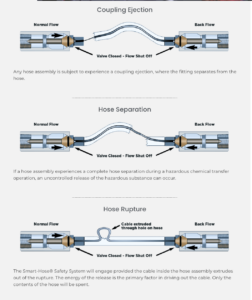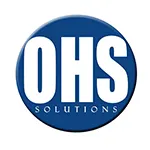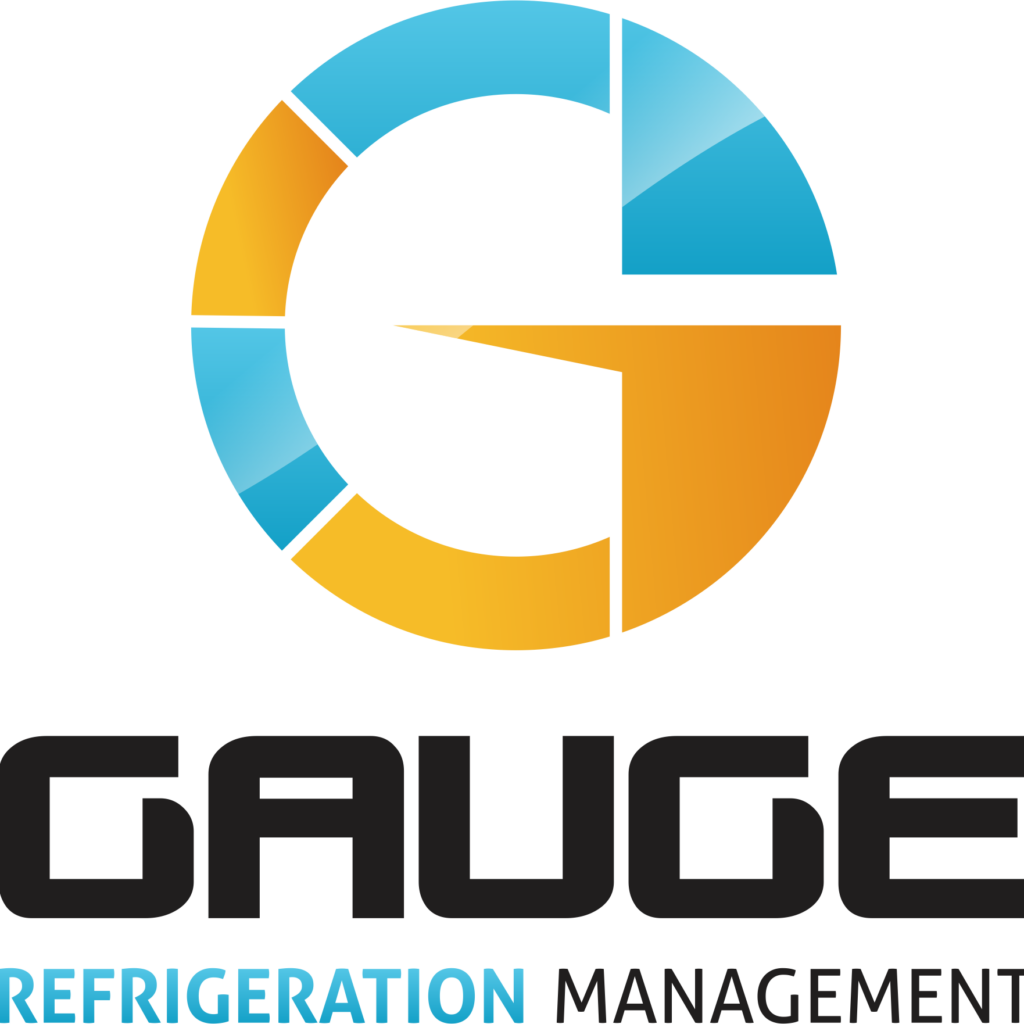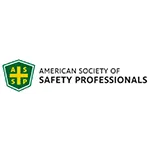SAFTENG Has
- Over 17,500 categorized unsafe acts/conditions and accident/injury photos
- Over 1,400 ppt's & doc's
- Over 3,900 technical articles on Process Safety & Occupational Safety & Health matters
- Over 400 videos
CLICK HERE to Renew your Membership
CLICK HERE for a NEW Membership
CLICK HERE to see eligibility requirements for FREE Membership
If you have any questions, please contact me

I am proud to announce that have extended our”Partners in Safety” agreement for another year (2025).
CI Members, send me an e-mail to request your FREE SAFTENG membership.





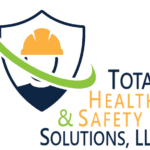


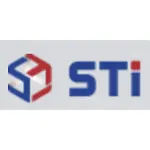


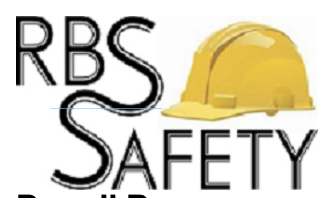


June 28, 2021
See if this sounds all too familiar… three (3) workers remove a manhole cover to a sanitary sewer to check for water and blockage. Unable to see anything, Employee #1 climbs down into the sewer to look for problems. A co-worker working nearby sees Employees #2 and #3 enter the manhole and comes over to check on his co-workers. He finds Employees #2 and #3 trying to revive...
Read More
June 28, 2021
Line Breaking and Equipment Opening (LEO) hazards are oftentimes not well recognized or respected, even in PSM/RMP-covered processes. Once we are removed from a “covered process,” the lack of recognition and lack of respect only increases. But in my career, some of the more serious accidents involving LEO on lines/equipment did NOT involve processes covered by PSM/RMP; instead,...
Read More
June 28, 2021
Please note this citation was issued as a General Duty Clause (GDC) citation by a State OSHA Plan and the incident was not a PSM/RMP incident (at least OSHA did not cite .119). The practice at issue is one that is done routinely in just about all companies and on just about every type of chemical process and utility. This is the first time I have seen it “cited” in an OSHA citation,...
Read More
June 27, 2021
A few years ago we were asked to participate in an engineering review/facility siting for a proposed facility. The business was in a $ crunch so one way they decided to save some $ was to utilize DOT-306 tankers as “temporary storage tanks”, thus reducing the number of above-ground storage tanks AND a reduction in the size of secondary containment. As we got into this review, we noticed...
Read More
June 27, 2021
Years back a facility had to apply for a “Special Permit” (example of a permit at link) to get an exemption for their HAZMAT Attendance requirements and then it was very specific to the loading/unloading station and came with many caveats. Now 49 CFR 177.834 has this exception built into the standard and it reads:
…
HomeRead More »
Read More
June 27, 2021
Back in January 2019, I posted an article titled “Is API 570 your Piping Inspection/Repair RAGAGEP… Repair Requirements are now crystal clear” and this posting caused quite the stir with many of you. Most of you followed the code(s) and went and verified what I shared in the article, but as usual, I got a lot of negative “feedback” as if I were trying to sell my...
Read More
June 27, 2021
This past week I learned that what used to be allowed only under a “special permit” is now part of the regulation for unloading (and loading) HAZMATs. It was very popular during my time as a safety/PSM manager and all my plants applied for and received the DOT Special permit(s) to unload both Railcars and Tanker Trucks of HAZMATs. But now, plants do not have to apply for a special...
Read More
June 17, 2021
Over the years I have been told time and time again that there are two absolutes in ammonia refrigeration. #1 – we do not have “temporary operational conditions” so we have no need for “temporary operating procedures” and #2 – there is no “process chemistry” in ammonia refrigeration. But it dawned on me this week that I had beaten the “temp...
Read More
June 15, 2021
Last week I mentioned a trade group was planning to implement a standard/guide (not sure how it will be classified) that will suggest that the industry should use respirators that carry a NIOSH 14G approval rather than the more common 23C respirator. Since all of this has been happening I have received numerous e-mails, calls, and texts asking me “what the heck is the difference”...
Read More
June 12, 2021
RMPs must be updated at least once every five years. EPA offers a Checklist for Submitting your Risk Management Plan (RMP).
We must fully update your RMP for resubmission sooner than the five-year anniversary date if any of these changes occur:
…
HomeRead More »
Read More
June 12, 2021
The Ammonia Safety Awareness Program was developed due to the rise of ammonia-related incidents and hazards over the past few years, including the tragedy at Fernie Memorial Arena. Developed in collaboration with industry professionals, this program provides training and downloadable tools to fill in knowledge gaps and share best practices for maintaining ammonia refrigeration equipment...
Read More
June 12, 2021
This topic has always been one that seemed to be controversial in the ammonia refrigeration sector, with decades of denial that Stress Corrosion Cracking could occur in an ammonia refrigeration process due to the water content in the ammonia. But last month, Technical BC (British Columbia) discussing their SCC concerns related to pressure vessels in a refrigeration process. I know, that ammonia...
Read More


